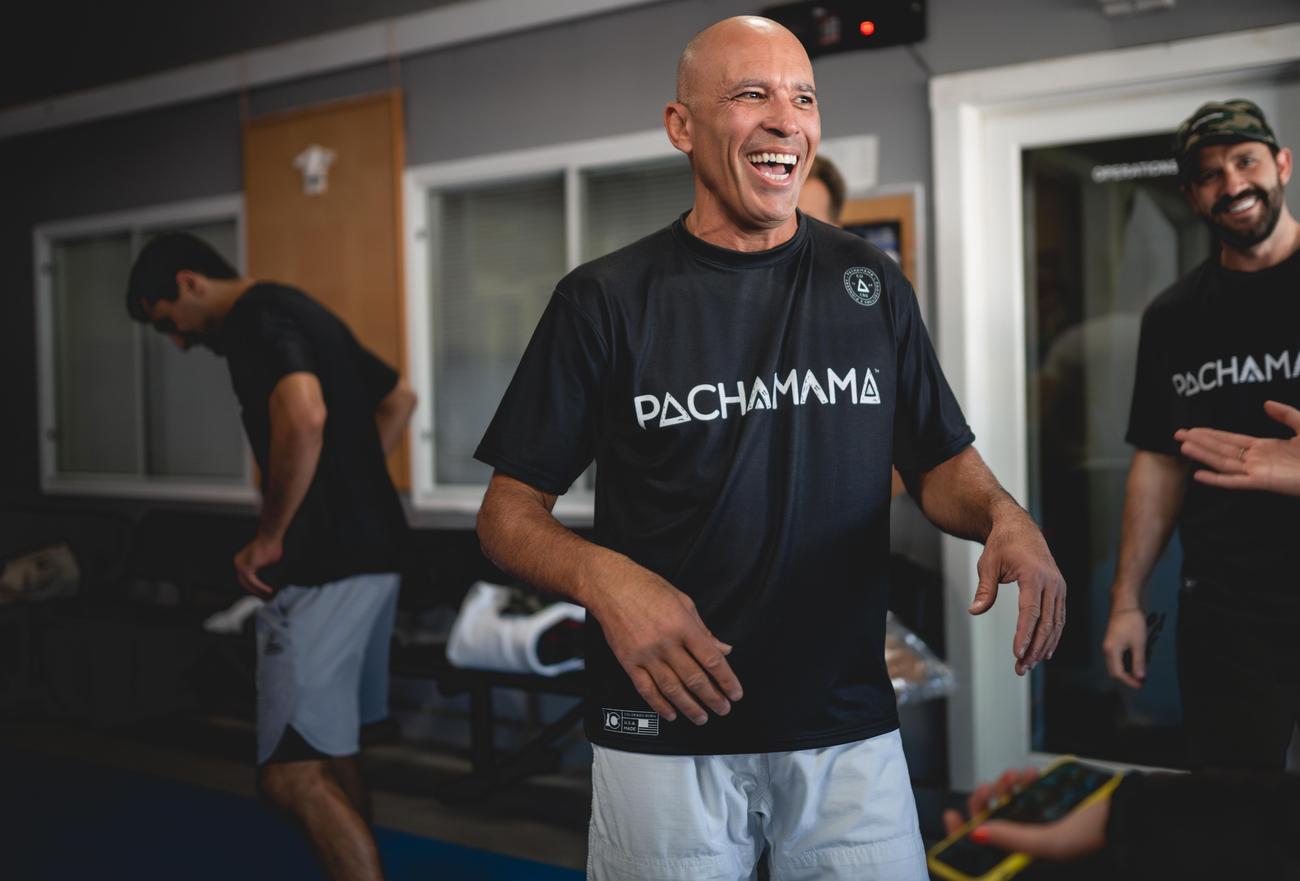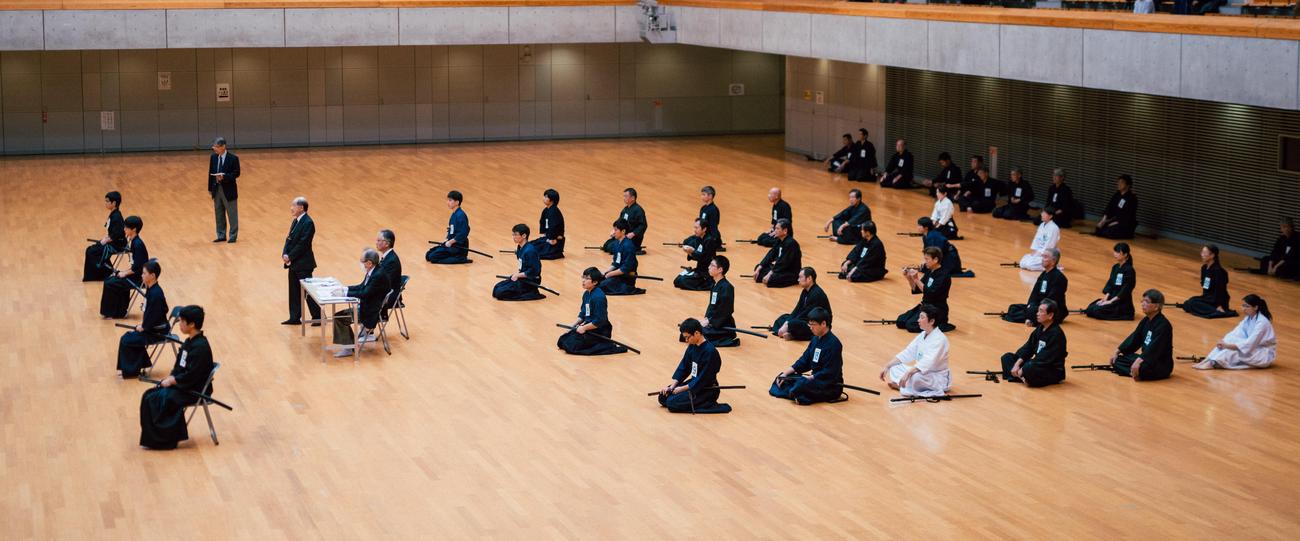Are you ready to embark on a historical journey that will unveil the ancient origins of Taekwondo? In this article, we will delve into the rich tapestry of this Korean martial art, tracing its roots back centuries and exploring the fascinating evolution it has undergone. Prepare to be captivated by the tales of ancient warriors, the philosophical underpinnings, and the cultural influences that have shaped Taekwondo into the revered sport and self-defense system it is today. Join us as we step into the world of the past, unraveling the mysteries behind the birth of Taekwondo.

Taekwondo Origins
Taekwondo, a martial art and self-defense system that originated in Korea over 2,000 years ago, has a rich history and fascinating roots. To truly understand the origins of Taekwondo, we need to delve into the ancient martial art known as taekkyon, from which it evolved.
Unlike many martial arts, Taekwondo can trace its roots back to a specific art form. Taekkyon, the predecessor of Taekwondo, was practiced during the Three Kingdoms Period in Korea (57 BC-668 AD). This unique martial art emphasized fluid kicks, grappling techniques, and intricate footwork. It was known for its dynamic and acrobatic movements, making it both a fascinating art form and an effective means of self-defense.
The spread of Taekkyon throughout the Korean peninsula led to its popularity among both the nobility and commoners. Over time, different regions developed their own variations, resulting in a diverse range of techniques and styles. But it wasn’t until after World War II, specifically with the liberation of Korea in 1945, that Taekwondo as we know it today began to take shape.
One of the primary motivations for the development of Taekwondo was the desire to eliminate Japanese influences in Korean martial arts. At the time, many Koreans were studying Japanese martial arts such as Karate. The founding fathers of Taekwondo sought to create a distinct Korean martial art that would unite the various schools and styles into a single style and national sport.
The originators of Taekwondo were not limited to the study of Taekkyon alone. They were well-versed in other martial arts, including Karate, Gwonbeop, and Subak. By drawing inspiration and knowledge from these different disciplines, they were able to forge a new martial art that beautifully incorporated the kicking techniques of Taekkyon, the strikes of Karate, and the self-defense principles of Gwonbeop and Subak.
Since its inception, Taekwondo has evolved into a combat sport characterized by its emphasis on various kicking techniques. It is truly a dynamic and visually striking martial art to witness. Today, Taekwondo is practiced and recognized worldwide, with millions of practitioners honing their skills in dojangs (training halls) around the globe.
In terms of governance, the oldest governing body for Taekwondo is the Korea Taekwondo Association (KTA), which was formed in 1959. This paved the way for the establishment of international organizations such as the International Taekwon-Do Federation (ITF) and the partnership of the Kukkiwon and World Taekwondo. Taekwondo achieved global recognition when it became an Olympic event in the year 2000, further solidifying its status as a major martial art and sport.
In 2018, the South Korean government officially designated Taekwondo as Korea’s national martial art, solidifying its cultural significance and historical importance. This recognition serves as a testament to the enduring legacy of Taekwondo and its deep roots in Korean history and culture.
It is truly incredible to unravel the ancient origins of Taekwondo and witness how it has flourished and evolved over the centuries. From its humble beginnings as taekkyon to becoming a global martial art and Olympic sport, Taekwondo showcases the strength, discipline, and cultural heritage of Korea.
“The evolution of Taekwondo from taekkyon to its modern form is a testament to the resilience and adaptability of martial arts, reflecting the enduring spirit of Korean culture.”
Taekwondo is an ancient martial art that has a fascinating history. If you’re curious about the origins and evolution of this captivating martial art, then you need to check out these history facts about taekwondo. From its humble beginnings to its modern-day popularity, this link will take you on a journey through time. So, what are you waiting for? Click here to uncover the intriguing past of taekwondo: history facts about taekwondo.

FAQ
Q: What is the origin of Taekwondo?
A: Taekwondo originated in Korea more than 2,000 years ago as a martial art and self-defense system known as taekkyon. It later spread throughout the Korean peninsula and eventually across the globe.
Q: When did the modern period of Taekwondo begin?
A: The modern period of Taekwondo began in 1945 after World War II, with the liberation of Korea. This marked the time when Korea aimed to eliminate Japanese influences in martial arts and started to unite various martial arts schools and styles into a single style and national sport.
Q: What other martial arts were the originators of taekwondo well versed in?
A: The originators of taekwondo were well versed in other martial arts such as Karate, Gwonbeop, and Subak. Their knowledge and expertise in these martial arts influenced the development and techniques of taekwondo.
Q: When did taekwondo become an Olympic event?
A: Taekwondo became an Olympic event in 2000, joining the prestigious list of sports featured in the Olympic Games. It has since gained international recognition and popularity as a competitive martial art.
Q: What is the oldest governing body for taekwondo?
A: The oldest governing body for taekwondo is the Korea Taekwondo Association (KTA), which was formed in 1959. The KTA played a crucial role in establishing standardized rules and regulations for taekwondo, contributing to its growth and development as a recognized martial art.












